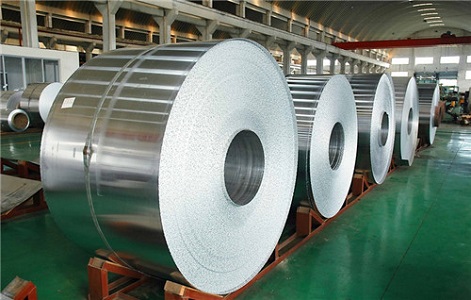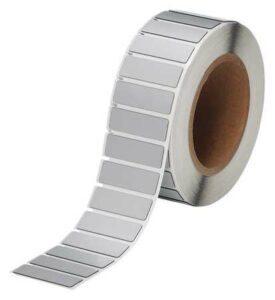
1060 aluminium alloy is an aluminium-based alloy in the "commercially pure" wrought family (1000 or 1xxx series). It is fundamentally very similar to 1050 aluminium alloy, with the difference coming down to 0.1% aluminium by weight. However, while both 1050 and 1060 are covered by the same ISO standard, they are covered by different ASTM standards.
As a wrought alloy, it is typically formed by extrusion or rolling. It is commonly used in the electrical and chemical industries, on account of having high electrical conductivity, corrosion resistance, and workability. It has low mechanical strength compared to more significantly alloyed metals. It can be strengthened by cold working, but not by heat treatment.
Alternate designations include Al99.6 and A91060. It is described in the following standards:
ASTM B 209: Standard Specification for Aluminum and Aluminum-Alloy Sheet and Plate
ASTM B 210: Standard Specification for Aluminum and Aluminum-Alloy Drawn Seamless Tubes
ASTM B 211: Standard Specification for Aluminum and Aluminum-Alloy Bar, Rod, and Wire
ASTM B 221: Standard Specification for Aluminum and Aluminum-Alloy Extruded Bars, Rods, Wire, Profiles, and Tubes
ASTM B 483: Standard Specification for Aluminum and Aluminum-Alloy Drawn Tube and Pipe for General Purpose Applications
ISO 6361: Wrought Aluminium and Aluminium Alloy Sheets, Strips and Plates
Chemical Composition
The alloy composition of 1060 aluminium is:
Aluminium: 99.6% min
Copper: 0.05% max
Iron: 0.35% max
Magnesium: 0.03% max
Manganese: 0.03% max
Silicon: 0.25% max
Titanium: 0.03% max
Vanadium: 0.05% max
Zinc: 0.05% max
Application:
1060 aluminium alloy is very similar to 1050 aluminium alloy, the former has 99.60% aluminum and the latter has 99.70%, which means the difference is only 0.1% aluminum by weight. Both these two alloy products are covered by the same ISO standard but different ASTM standards. They have almost the same characteristics and applications.
Just like all 1xxx members, aluminum 1060’s machinability is poor, and does not harden by heat treatment (but it is possible to be annealed after cold working), also it is not typically used for high strength and high-pressure applications as it still belongs to pure aluminum.
It has excellent weldability and formability, actually the 1xxx series aluminum alloys have the most excellent weldability and formability which make them are suitable for many applications. 1060 aluminum alloy can be used by standard commercial methods for welding and it has strong corrosion resistance characteristics.
Based on its characteristics, 1060 aluminum alloy are widely used for products which have lower requirement for strength, such as reflector, billboard, decoration, kitchen wares, lamp holder, electric elements, chemical equipment, also because of the strong corrosion resistance characteristics, it can be used for the chemical storage, railroad tank cars and other equipment.
As a leading aluminum product provider, Aluminium Mart provides high quality 1060 aluminum alloy in different forms, including aluminum sheet, coil, plate, checkered plate, and etc. in order to meet all of your requirements.



